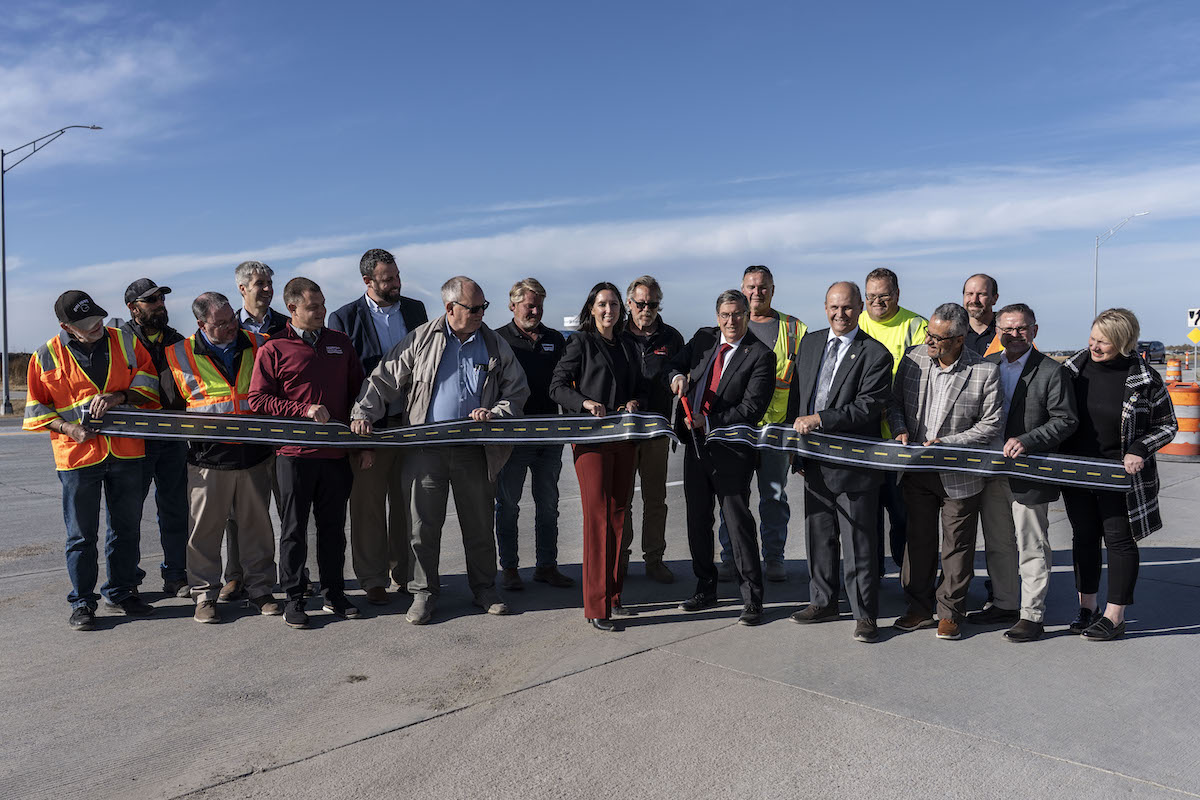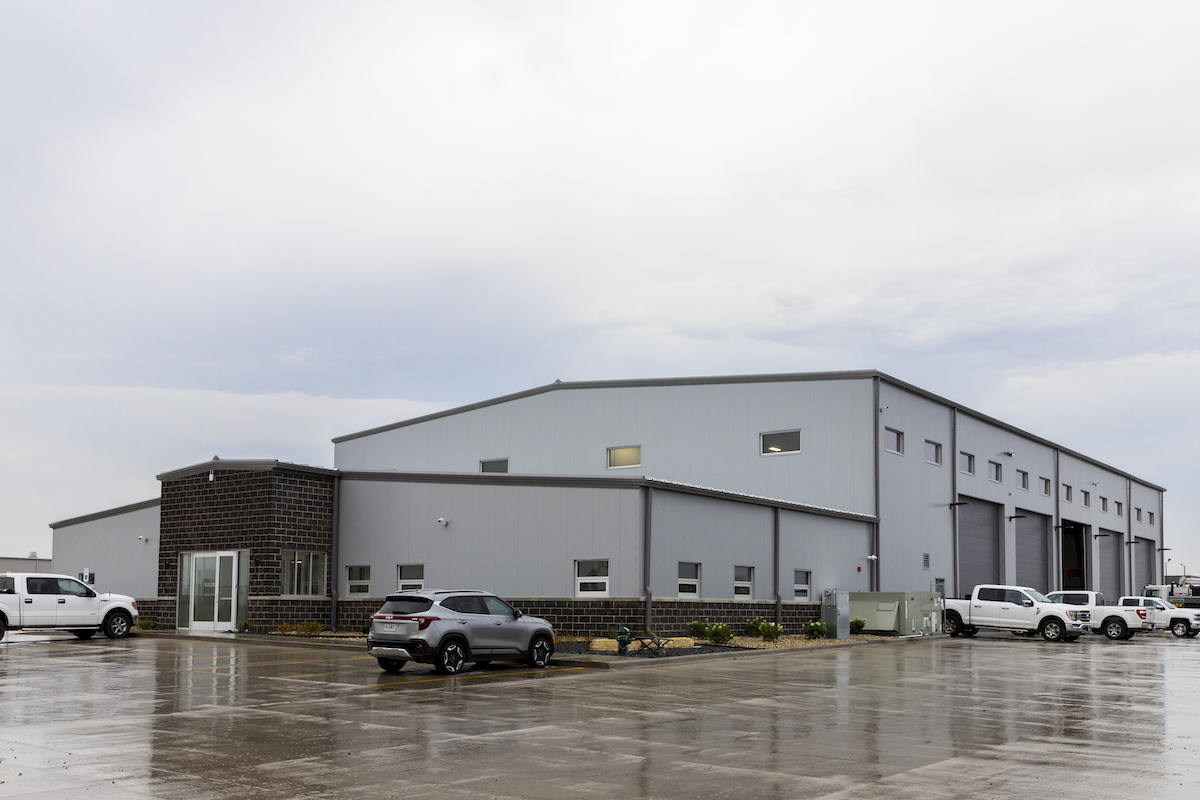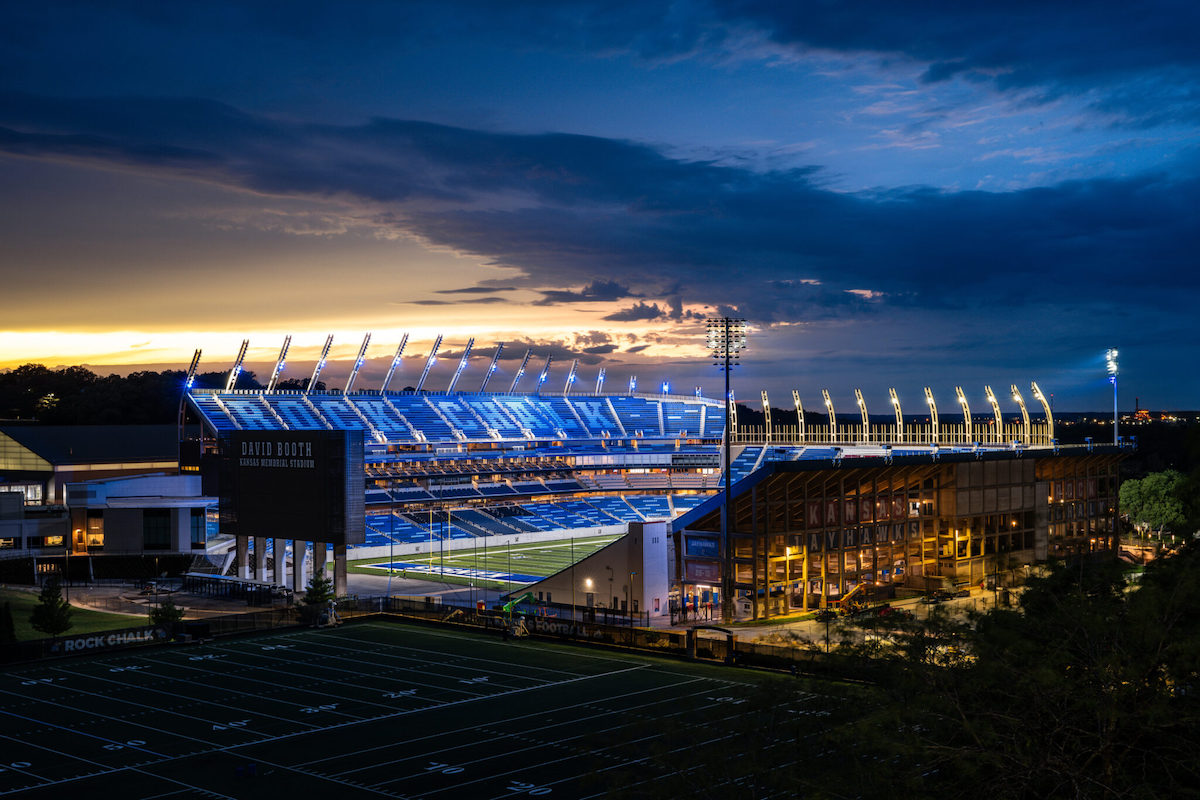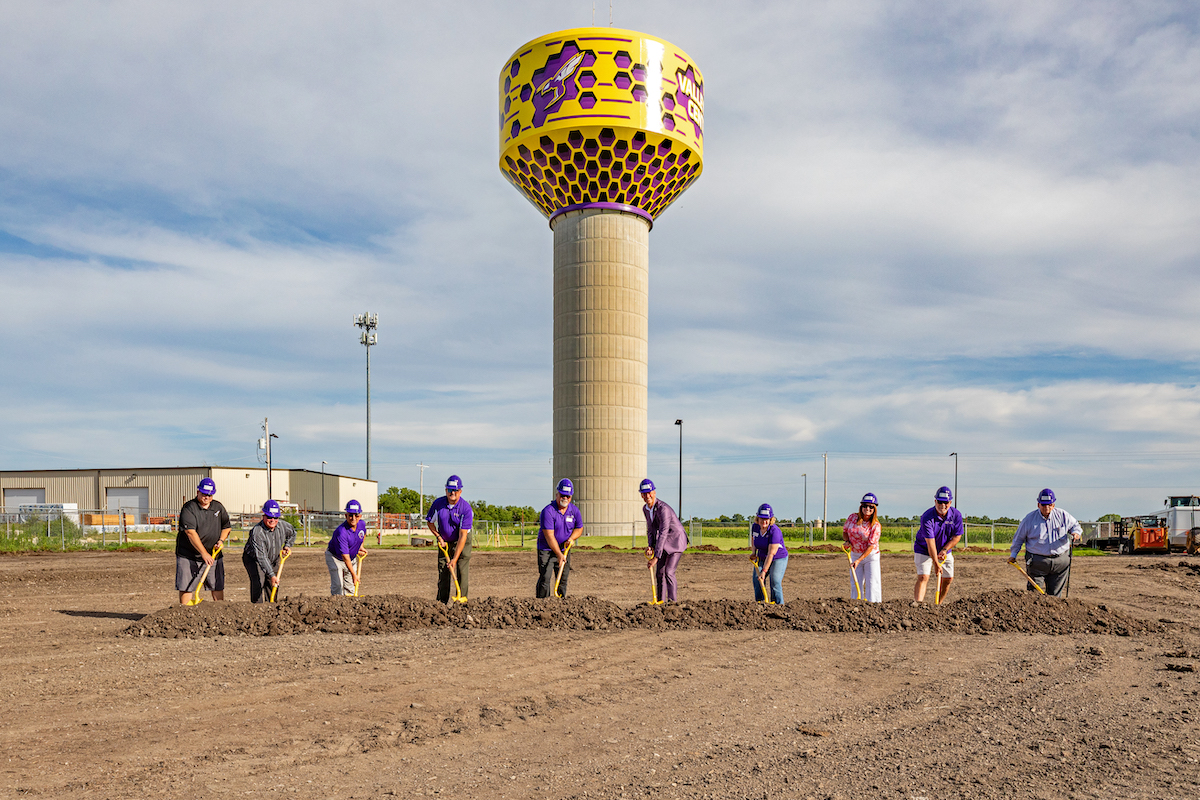To reduce the risk of urban flood damage, the U.S. Army Corps of Engineers (USACE) began construction in 2020 on the $907.8 million Comite River Diversion Canal project in East Baton Rouge Parish. During heavy rainfall events, the new 12-mile-long canal will siphon water from the Comite River, a tributary of the Amite River, and send it to the Mississippi River.
Since 2018, the project’s design and construction have been federally funded under the Bipartisan Budget Act of 2018. Prior to that, USACE covered 75 percent of the cost and the Louisiana Department of Transportation and Development (LaDOTD) funded the remaining portion.
Six of the USACE-led contracts involved clearing and snagging to prepare for construction. Their remaining 12 contracts cover four main channel segments, two vehicular bridges, one railroad bridge, three rock chutes, and two diversion structures.
For all but one of their contracts, USACE used a low-bid process. Because of the complexity of construction at U.S. Highway 61 – with two vehicular bridges and one Kansas City Southern (KCS) railroad bridge – they awarded a best-value contract for that project, taking into consideration the contractor’s plan of construction, schedule, past performance, and capability.

| Your local Iowa Mold Tooling Co Inc dealer |
|---|
| Star Equipment LTD |
As of summer 2023, eight of USACE’s contracts are complete, four are ongoing, and six are yet to be awarded.
Along the state highways that cross the diversion channel, LaDOTD is handling construction on three vehicular bridges and one railroad bridge. Work on all three contracts is underway. LaDOTD awarded a low-bid contract for one of the projects and used Construction Management at Risk (CMAR) delivery on the other two.
“[CMAR] provided for the contractor to be involved in the preconstruction/design phase and cost out risk,” said Rodney Mallett, LaDOTD’s Communications Director. “If you compare the cost of LA 67 ($12.5 million) to the very similar LA 964 bridge project ($21.9 million), you can see the significant cost savings.”
Among the factors that made the two CMAR projects more cost-efficient is the decision to drive piles before excavating, Mallett said.
With the two agencies overseeing concurrent work at multiple sites throughout the project corridor, “The USACE and DOTD teams communicate daily to maintain safe site conditions and to coordinate activities,” said Bobby Duplantier, USACE’s Senior Project Manager.
In total, crews on USACE-led projects will excavate 9 million cubic yards of material. Construction of the diversion channel includes geotextile material, bedding stone, and R90 stone. Grouted rip rap supports some areas.
At the three bayous in the project footprint, rock chutes will deposit overflow from flood events into the new diversion channel. The rock chutes are lined with rip rap and R650 stone.
The project also includes two control structures.
“The Lilly Bayou control structure will control the flows from the diversion channel to move the water to the Mississippi River,” Duplantier said. “The second diversion structure will divert water from the Comite River to the new diversion channel. Since the project is designed to be gravity-fed, these structures consist of concrete weirs.”
For instance, at the Comite River diversion structure, “Updated geotechnical data identified uplift pressure concerns,” he said. “This required a design update to H-piles and the addition of concrete to address the concerns.”
During construction of the channel segments, “Differing soil layers have required additional effort to maintain the channel slope stability,” Duplantier said. “We’re using a combination of dewatering systems, sand filters, and a weighted filter. The final design will have the sand areas held in place using geotextile, bedding stone, and rip rap.”
Ironically for a project designed to reduce flooding, a lack of rain delayed some work.
“The existing contracts have definitely seen an impact from the low Mississippi River levels,” Duplantier said. “The R90 rip rap being used to line the channel has been delivered primarily via barge, and there have been a few schedule impacts due to not being able to deliver those materials.”
In addition, utility relocations delayed parts of the project. To minimize impacts, “USACE is using various sequencing strategies to maintain construction schedules,” Duplantier said.
The overall project remains on schedule to finish in the first quarter of 2025. However, “This date is highly dependent on all remaining utility relocations being completed on time,” Duplantier said.
- U.S. Army Corps of Engineers – Nick Sims, Assistant Deputy District Engineer; Bobby Duplantier, Senior Project Manager; Tommy Hoke, Lead Engineer
- Louisiana Department of Transportation and Development – Christina Brignac, Critical Projects Manager
LaDOTD oversees three contracts for the Comite River Diversion Canal project:









































































